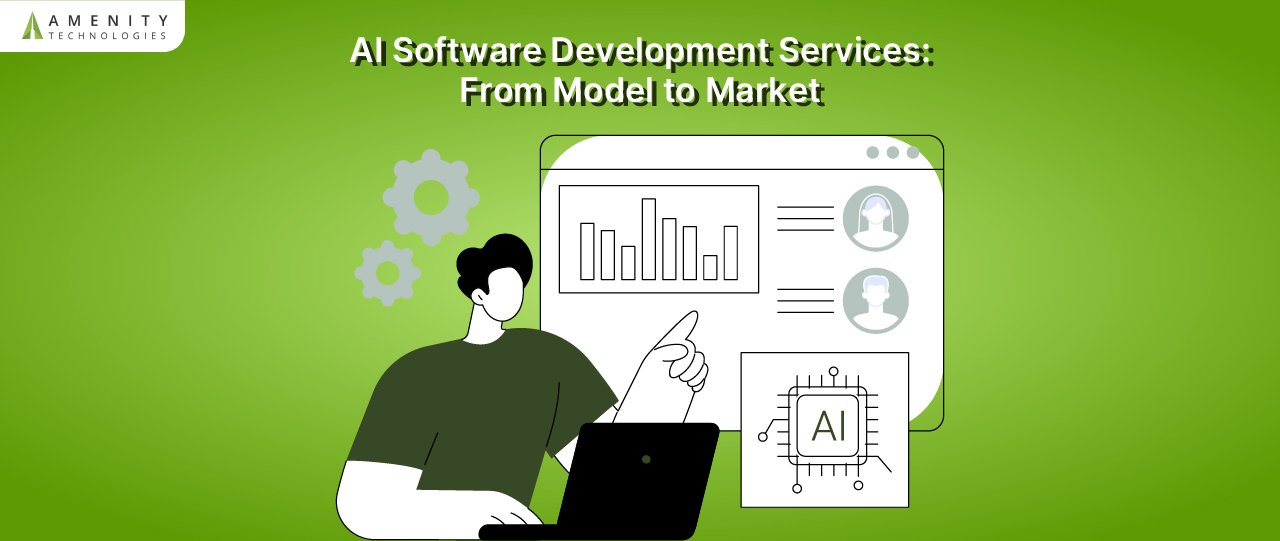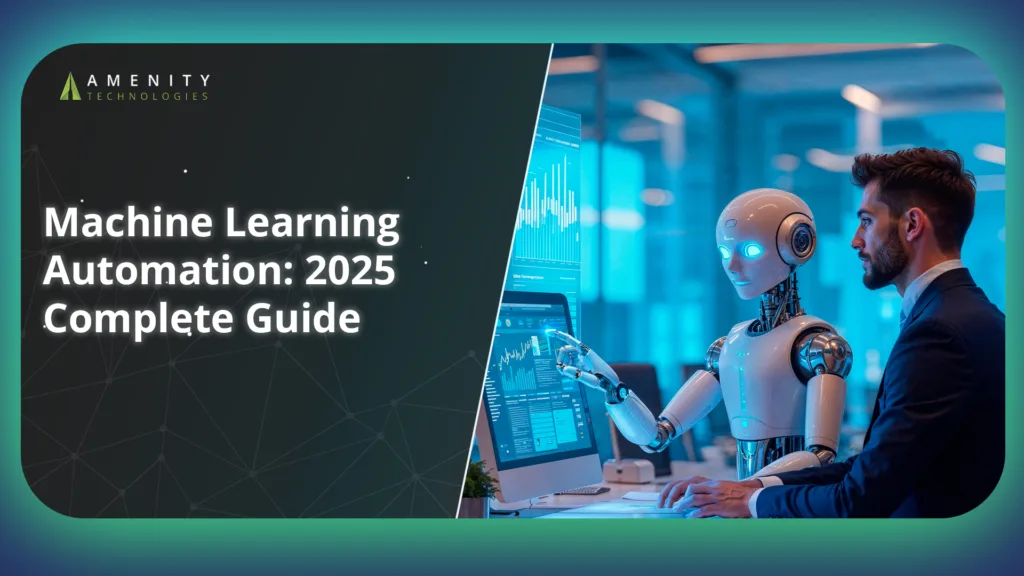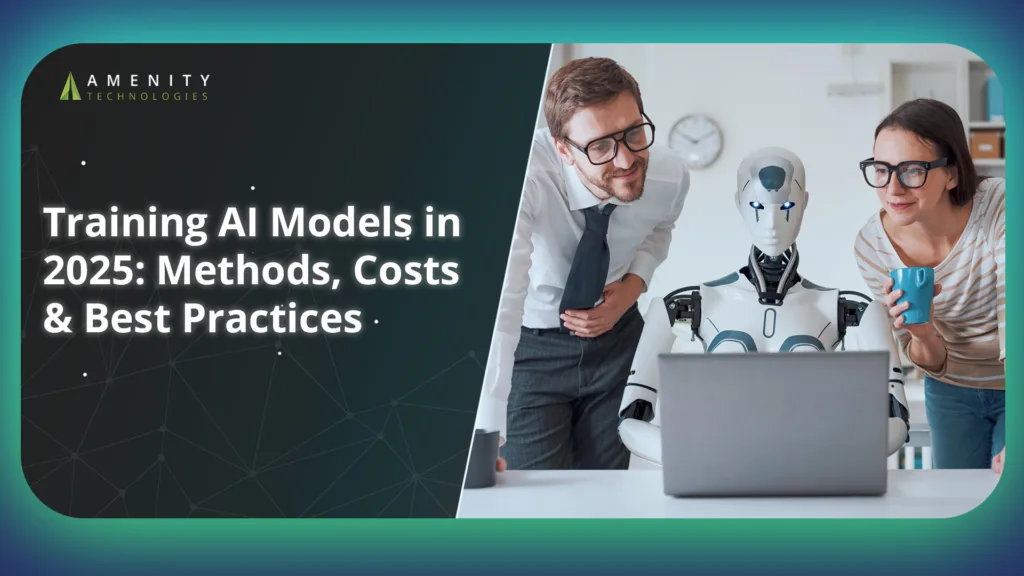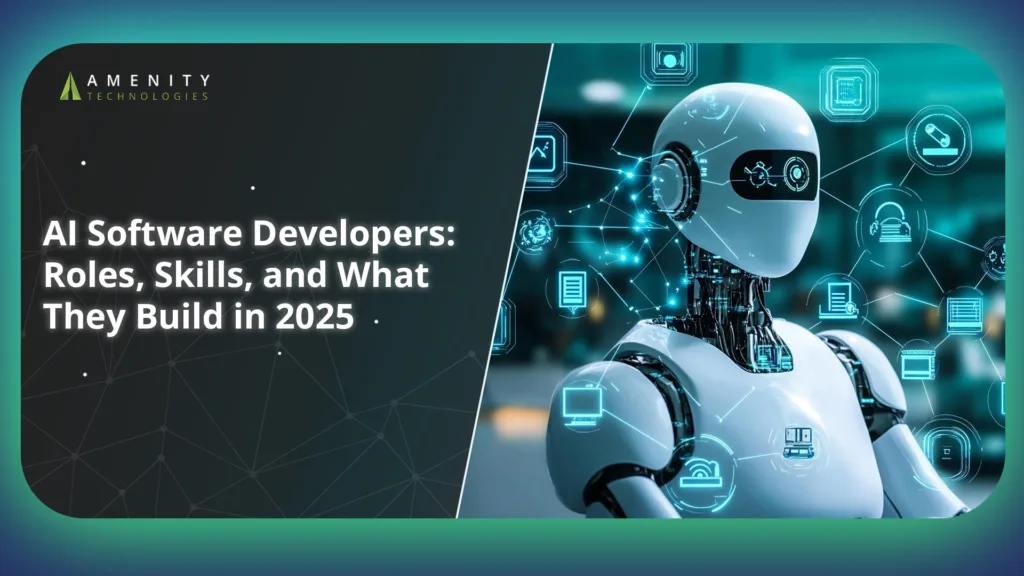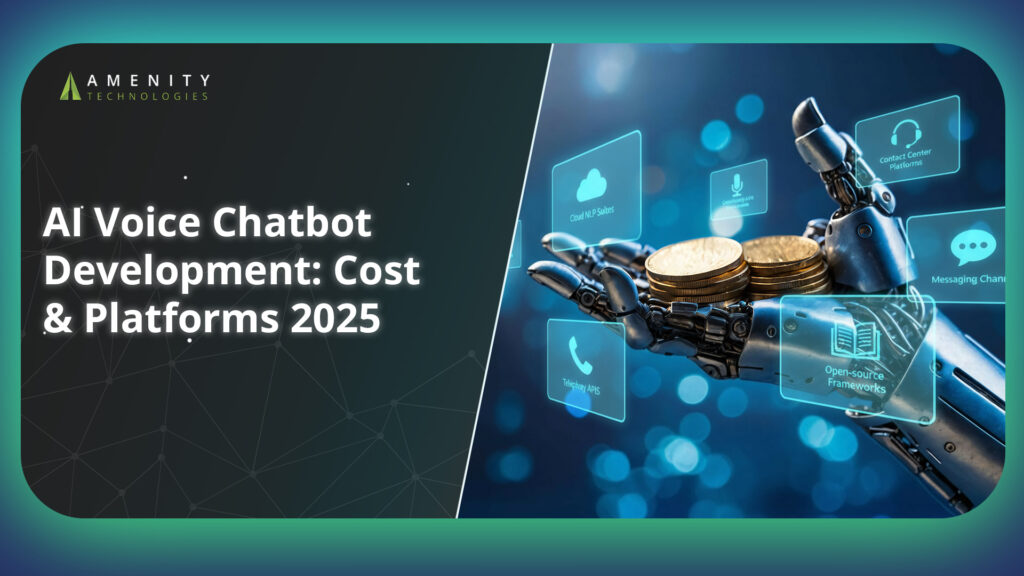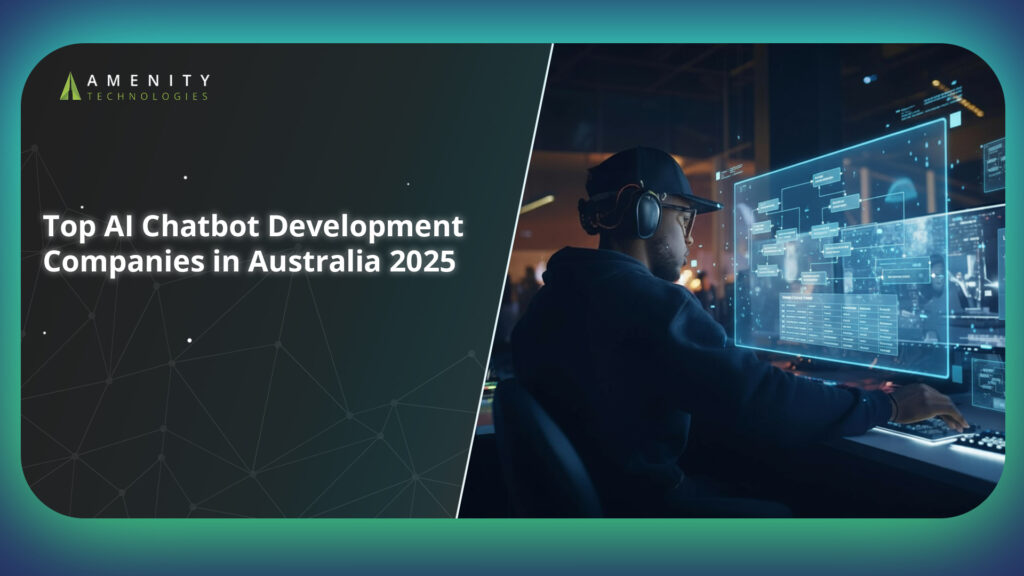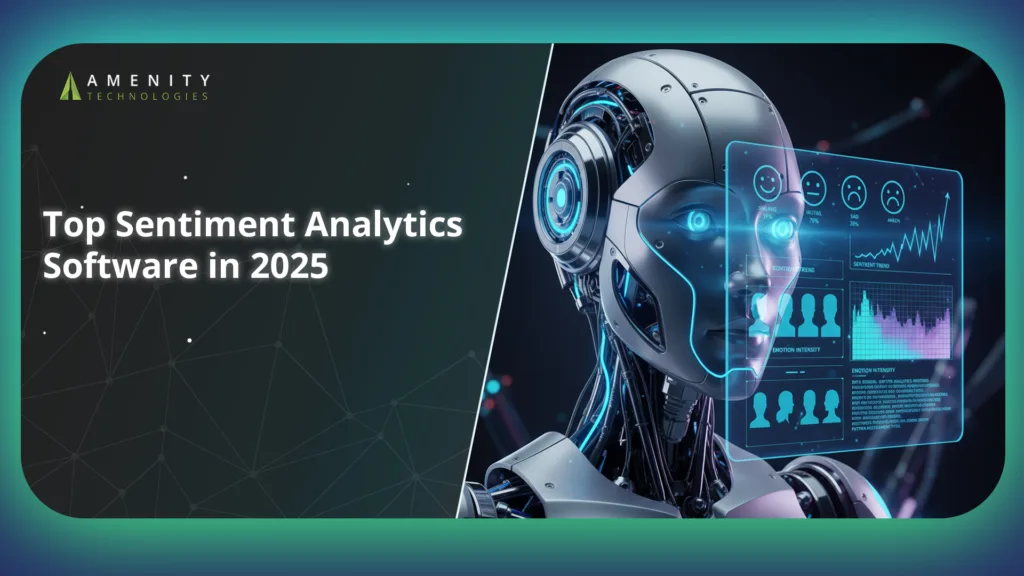What if your AI model could move from prototype to market-ready product without delays? And what if the process included not just training but software model testing, prompt engineering services, and deployment pipelines built for scale?
That is exactly what AI software development services in 2025 deliver. Businesses now rely on providers who manage ml dev cycles, design AI product engineering, and build AI microservices that support real production environments.
With cloud-native AI and end-to-end AI engineering, companies gain faster time to market, optimized inference costs, and confidence that their AI systems can perform consistently across regions.
What AI Software Development Services Must Cover Today?
Modern projects demand more than just coding models. Companies now expect AI software development services to cover the entire delivery chain. This means building a foundation where ideas evolve into tested systems, where deployments run at scale, and where governance aligns to business outcomes. Each area below shows what a capable provider must deliver in 2025.
1. ML Model Lifecycle — Ideation, prompt engineering, model training, and testing
Strong ml dev cycles start with problem definition and data readiness. Teams design, refine, and test models using structured datasets. Prompt engineering services are now part of early development to improve outcomes. Providers also run software model testing continuously to track quality and reduce failure risks.
2. Deployment Stack — AI microservices, inference optimization, MLOps pipelines
Deployment is where value becomes visible. Teams rely on AI microservices that scale independently, pipelines that monitor performance, and methods for inference speed optimization. A well-structured MLOps approach ensures consistency across builds and stable rollout in production.
3. Cloud-Native Architecture — Scalable services, containerization, serverless deployment
Cloud-native AI design is now expected. Providers use containerization for repeatable deployments and serverless options for workloads that spike or run on demand. This architecture supports elasticity, reduces downtime, and cuts overhead.
4. Product Integration — AI product engineering, QA, compliance, release management
Building the model is only part of the task. Providers must connect it to real products through AI product engineering, compliance checks, and structured release management. Teams run QA cycles to validate integration before customer-facing rollouts.
5. Project Governance — Agile AI project management, risk mitigation, ROI focus
Without structured delivery, AI projects stall. That’s why providers use AI project management approaches like agile sprints, risk registers, and ROI tracking. Transparency in governance aligns engineering efforts with measurable business value.
Emerging Trends in AI Software Development
The way businesses apply AI software development services is shifting quickly. New methods, tools, and delivery practices are reshaping how providers build, test, and launch models. To stay competitive, teams must understand where the field is heading and how it impacts their next project.
1. AI-native platforms transforming pipelines
Teams are adopting AI-native platforms that unify ml dev cycles, deployment, and monitoring in one environment. This reduces tool fragmentation and accelerates production.
2. Agentic AI tools managing tasks end-to-end
Providers are testing agentic tools that automate code updates, testing, and infrastructure changes. These systems reduce manual effort and improve consistency in delivery.
3. Reductions in inference cost
Optimization techniques like quantization, distillation, and batching make inference speed optimization cheaper and more efficient. The result is real-time AI that costs less to operate.
4. Rise of low-code and no-code AI platforms
Low-code and no-code platforms lower the barrier for AI product engineering. They allow faster prototyping while still leaving room for custom builds when complexity increases.
5. Multi-provider AI stack strategies
Companies are using end-to-end AI engineering across multiple providers to improve reliability. Routing workloads between providers helps balance performance, cost, and flexibility.
Why Amenity Technologies is the Right AI Software Development Services Partner in 2025?
Choosing a provider for AI software development services requires more than checking technical skills. Businesses want a partner with proven delivery across ml dev cycles, prompt engineering services, and AI microservices. Amenity Technologies brings a model-to-market approach that combines engineering depth with operational efficiency. Here is what sets the company apart.
1. Holistic Capability
Amenity covers every stage, from AI product engineering and software model testing to deployment pipelines. Teams use cloud-native AI architectures with containerization and serverless options, giving clients flexibility and scalability.
2. Performance-First Delivery
Amenity applies inference speed optimization techniques like quantization, batching, and caching. Combined with structured prompt engineering services, this ensures higher accuracy and faster delivery in production.
3. Agentic and Agile
The company integrates agentic tools into its workflows to automate repetitive tasks. Combined with agile project cycles, this approach improves throughput while maintaining transparency.
4. Efficient & Cost-Savvy
Amenity reduces costs by adopting multi-provider strategies. Workloads route intelligently across models, creating efficiency without sacrificing performance.
5. Trusted Across Regions
Amenity operates across the US, Australia, the EU, and the Middle East. Regional teams manage compliance, cultural expectations, and AI project management standards that meet client demands.
Conclusion
AI software development services in 2025 deliver more than models — they provide production-ready systems that scale. Businesses now expect end-to-end AI engineering, AI microservices, and prompt engineering services to be part of every engagement.
With methods like inference speed optimization and structured AI project management, providers reduce costs and improve reliability.
Amenity Technologies stands out by combining AI product engineering, software model testing, and cloud-native AI deployment into one seamless process. That makes it easier for companies to move confidently from idea to full market launch.
FAQs
1. What are AI software development services?
They include ML dev cycles, prompt engineering services, software model testing, deployment of AI microservices, and integration through AI product engineering.
2. Why is inference optimization important?
Inference speed optimization reduces latency and cost, enabling AI systems to perform in real-time while remaining financially efficient.
3. What role do agentic AI platforms play?
Agentic platforms automate repeatable tasks like code generation, monitoring, and deployment. They improve delivery speed without replacing governance.
4. Are low-code AI platforms reliable for complex systems?
They work well for prototypes and medium-complexity projects. High-complexity or regulated builds usually need custom AI development stacks and detailed software model testing.
5. How does Amenity control cost and performance?
By combining model routing, end-to-end AI engineering, and multi-provider strategies, Amenity ensures workloads balance accuracy, speed, and cost.
6. How can projects meet regional requirements?
Work with a provider experienced in AI project management across different regions. Amenity covers compliance and performance needs in the US, Australia, the EU, and the Middle East.


